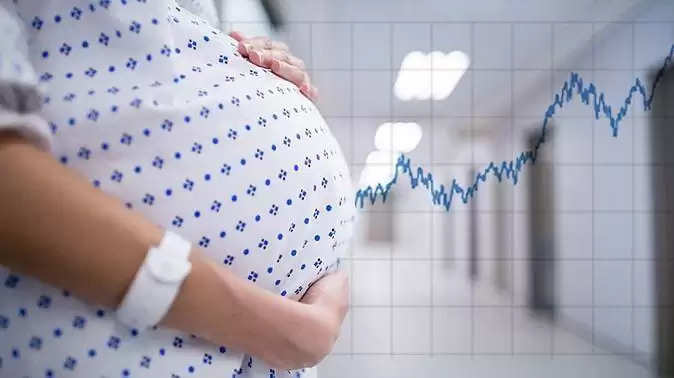EDITORIAL | Of Women Empowerment & high Maternal Mortality Rate

FROM THE EDITOR’S DESK:
In an article published by ThePrint last year, at least 61 pregnant women and 877 newborns died in Meghalaya within four months, starting from April 2020 for want of admission to hospitals and because of lack of medical attention.
This was partly attributed to the fact that the state had diverted the health machinery to fight COVID-19 pandemic.
However, if one was to dig a little deeper, most fatalities from April to July in 2020 were because of other ailments rather than the novel coronavirus.
The high dropout rates and lack of sex education in most educational institutions in the state make family planning a vexed issue.
The mentality of ‘more children equals more workforce’ has resulted in many families living below the poverty line, especially in rural areas. Many children suffer from malnourishment while the economic disparity continues to trickle in.
Women Empowerment in Meghalaya is just a smokescreen, as there is a lack of participation from traditional bodies which could streamline grassroot programmes for the younger populace.
ALSO READ:
Also Read: Nagaland’s Zuchobeni Tungoe makes it to Top 15 of VLCC Femina Miss India 2020
It is as though the health system in Meghalaya is almost entirely broken because of the rise of privatisation, which only the more affluent can afford.
On the other hand, government hospitals have always been avoided by the majority because of the lack of competency, absentee doctors and medical workers.
The Ministry of Health and Family Welfare (MoHFW) which released partial data from the National Family Health Survey (NFHS-5) on December 12, 2020, showed that three states in Northeast namely Manipur, Tripura and Meghalaya have shown an increasing trend in the mortality rate among infants (IMR) and children under five years of age (U5MR).
One could also lay the blame on the lack of connectivity, as bad roads are a major hurdle when it comes to transporting the sick and ailing to the hospital.
However, the state still has time to mend these lacunae as with the COVID-19 pandemic, adversity brings in opportunity.
ALSO WATCH:

















